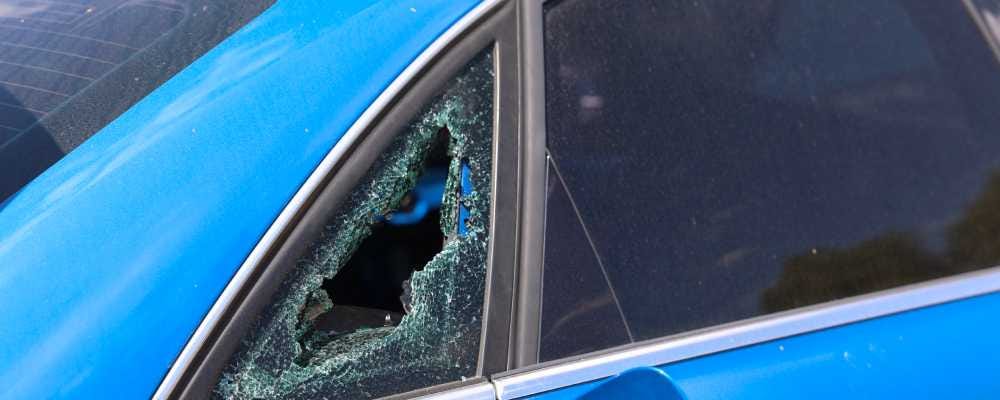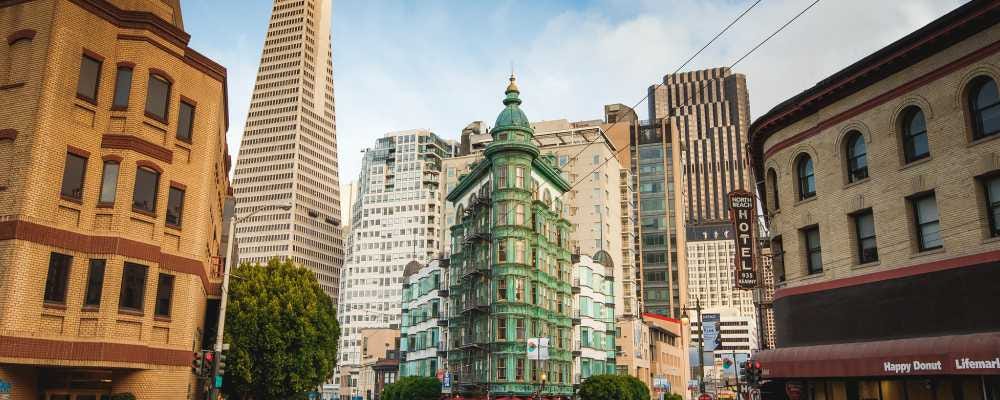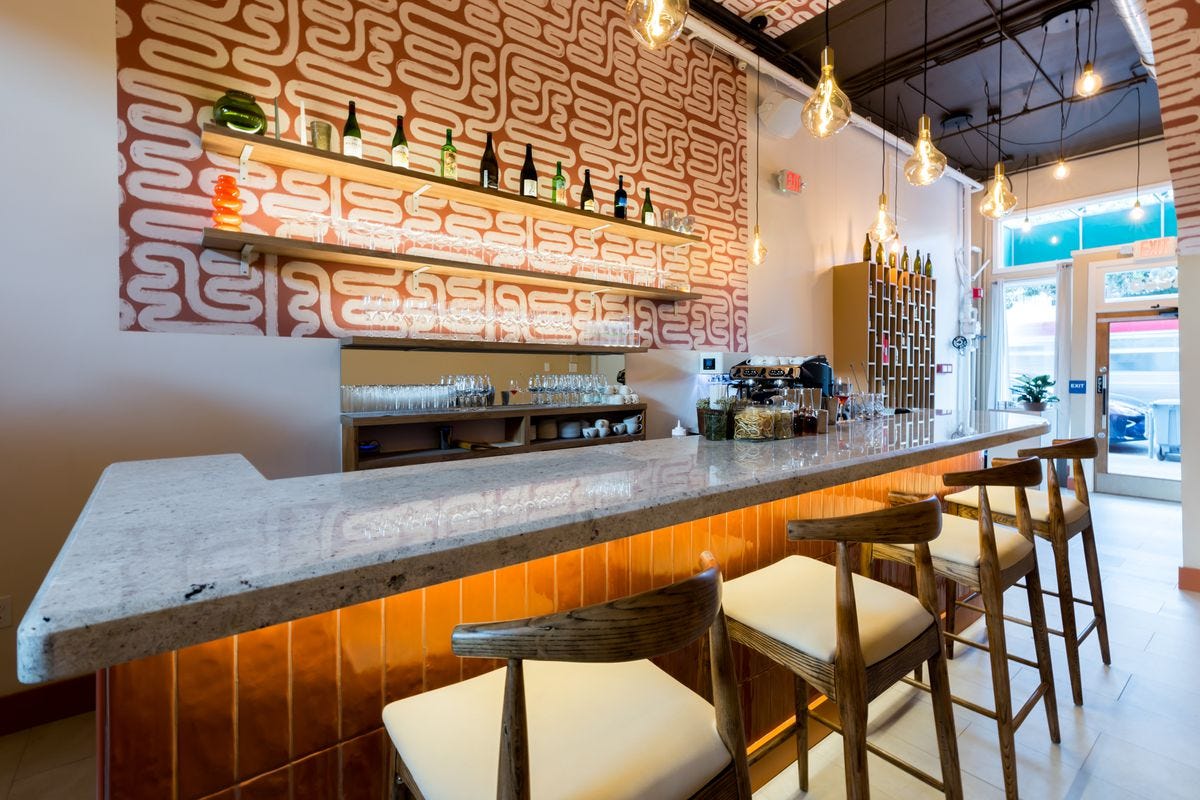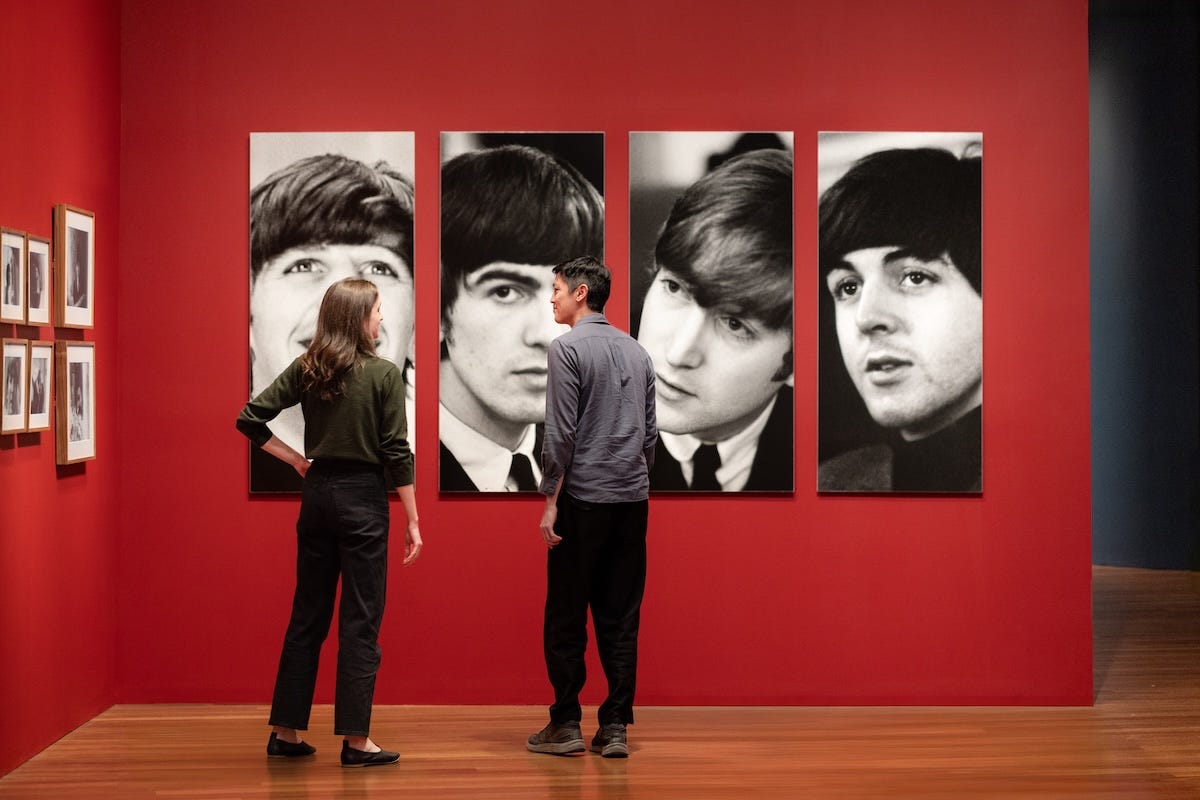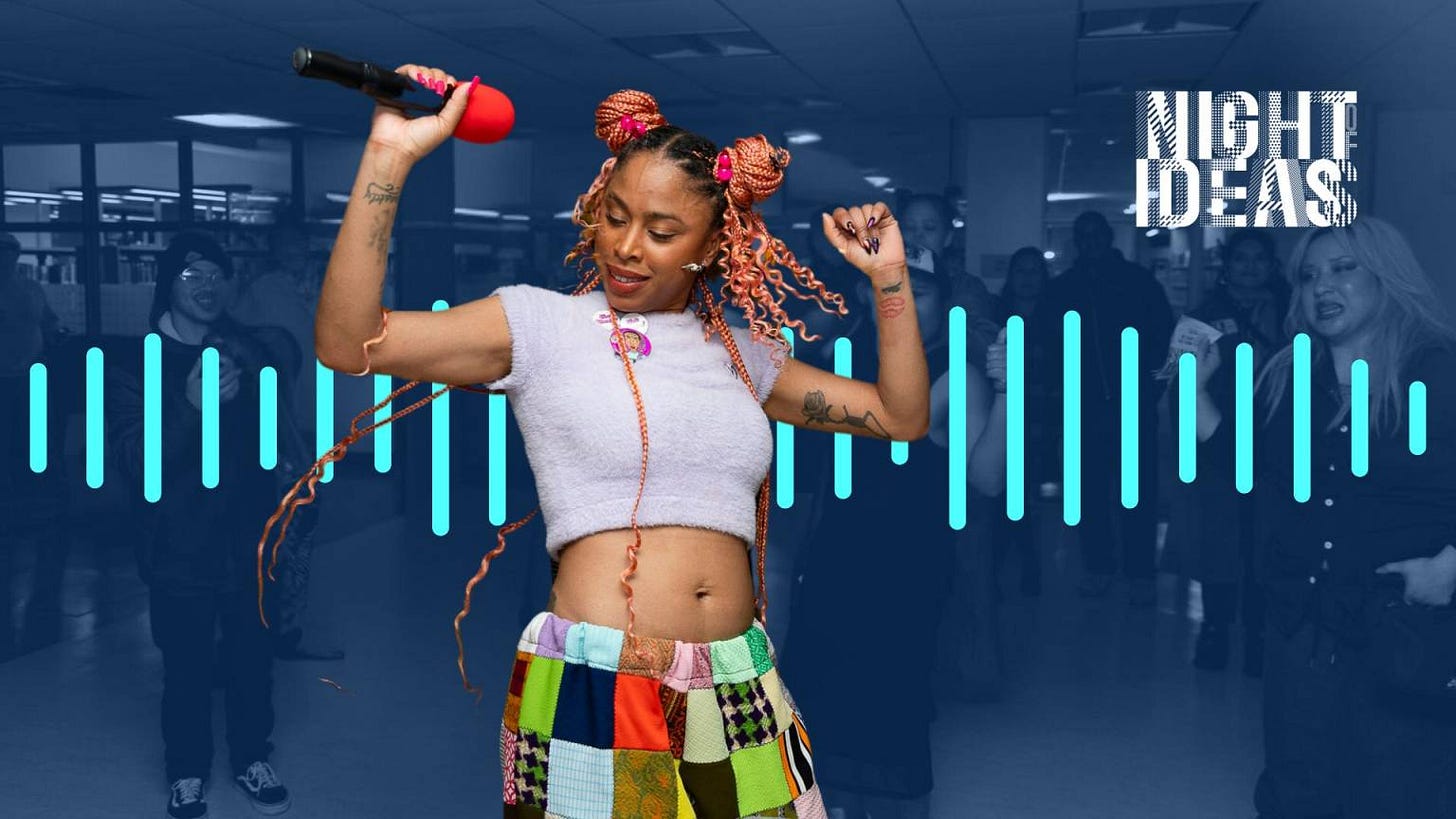The GrowSF Report: “Family zoning”: More homes coming soon to San Francisco
PLUS: Why San Francisco Can’t Get More People Into Treatment
What You Need To Know
Here’s what happened around the city for the week of March 30, 2025:
- “Family zoning”: More homes coming soon to San Francisco
- Why San Francisco Can’t Get More People Into Treatment
- Muni ridership hits 75% of pre-pandemic levels
- Feeling safer? You’re not alone. Car break-ins down 61%
- Parents sue SF drug treatment provider after son’s overdose
- MTA Board votes to approve Oak Street safety improvements
- City Controller: Recovery is underway, but SF's finances aren't out of danger
Recent & upcoming openings:
- Big Finish Wine Tavern brings affordable pours to the Mission
- Caché brings Parisian flair and California ingredients to the Inner Sunset
Your Action Plan:
- Join us for Invest SF Breakfast
“Family zoning”: More homes coming soon to San Francisco
Published April 03, 2025
The Facts
A new zoning map that makes it legal to build more homes will take effect later this year. The changes, which are required by state law, enact “family zoning” across most of the city to allow homeowners to add new units with separate entrances (and kitchens!) to their homes, promotes bustling commercial corridors with modestly higher height limits (up to about 6 or 8 stories, generally), and much more height & density along Van Ness north of Market.
These changes don’t require anything new to be built, they just change what is allowed to be built. The vast majority of changes don’t touch height limits, which remain between 3 and 4 stories almost everywhere.
The Context
State law requires San Francisco to update its zoning map to make it likely that 82,000 new homes will be built. If the City fails to do so, the state will take over our housing approval process, automatically allow almost any project to be built, and disqualify San Francisco from essential state funding that we spend on public transportation and subsidized working class housing. Because the city’s existing zoning has room for about 58,000 more homes primarily on the East side of the city, the new map adds extra homebuilding capacity on the West and North sides.
GrowSF polling indicates that building more homes is extremely popular.
The state requires that this new zoned capacity be primarily located in “high resource” areas, which doesn’t have an exact definition but generally means something like “wealthier” or “with more neighborhood amenities,” and to exclude lower income and historically disadvantaged neighborhoods. This is why the map focuses on Pac Heights, Noe Valley, the Castro, the Richmond, and the Sunset, and why the Mission, Outer Mission, and Bayview Hunters Point are not changed.
Prior zoning changes from years past, under the Eastern Neighborhoods Plan, and the Central SoMa Plan, already made room for new homes in those neighborhoods. Despite these changes, though, under current zoning apartments are illegal to build in over 70% of the city. This new plan shrinks that number to near zero!
The GrowSF Take
It’s time to build! Thanks to leadership from the Lurie administration, San Francisco’s future will be more affordable. We strongly support this new zoning map, loaded with “family zoning” that will give homeowners the legal right to subdivide or add new units to their homes. That will legalize aging parents moving into a backyard addition, or kids coming back from college to have a launch pad in a convenient studio apartment in Mom & Dad’s house, complete with separate entrance and kitchen.
We’re particularly excited that this new family zoning is going to unlock a ton of workforce development in the craftsman trades. Small scale builders conquered the sand dunes to build San Francisco, and they’re going to build our future, too.
Why San Francisco Can’t Get More People Into Treatment
Published March 31, 2025
Starting this week we’re including one longer and more deeply researched piece covering SF policy, SF history, or GrowSF news. Here’s our first one!
San Francisco faces many challenges, but perhaps none is as visible or as heartbreaking as our drug crisis. We've struggled for years to effectively address addiction and its consequences on our streets – and yet despite good intentions and significant resources, we've fallen short. Here's why we have not been able to get the most vulnerable on our streets into treatment.
Read the full post, which includes:
Muni ridership hits 75% of pre-pandemic levels
Published April 02, 2025
Muni is back. After years of slow growth, ridership is now at 75% of pre-pandemic levels — a major signal that downtown is recovering and San Francisco is moving in the right direction.
The facts
Muni reached 75% of its pre-pandemic ridership in early 2024. On an average weekday, 486,000 people now ride Muni — up from about 440,000 in 2023. This totals about 158 million passenger trips in 2024, an increase of 13.5 million trips versus 2023. The city credits this rebound to service improvements, and a focus on cleanliness, safety, and reliability.
The top routes are the T Third, 38R Geary Rapid, 49 Van Ness/Mission, and N Judah.
The context
Like many cities, San Francisco saw a sharp drop in ridership in 2020 due to the Covid-19 pandemic, but has been steadily increasing. Pre-pandemic Muni served about 625,000 riders per weekday, so there’s more work ahead. But hitting 75% is a key milestone, especially at a time when BART is still hovering around 40%.
SFMTA faces a $300 million budget deficit due a rise in costs and a sharp drop in parking revenue. Yes, that’s right - city parking garage revenues fund the bus, and far fewer people are driving to and parking in downtown. Mayor Lurie and State Senator Scott Wiener are both working on transit funding measures for the 2026 ballot.
The GrowSF take
This is a bright spot after years of pandemic-driven transit declines. San Francisco invested in better bus service, added bus-only lanes, and fixed broken schedules — and it worked. We’re not all the way back yet, and further recovery is needed for downtown to return to its heyday, but progress is progress!
Feeling safer? You’re not alone. Car break-ins down 61%
Published April 01, 2025
Car break-ins in SF have plummeted — from a pandemic high of 21,800 in 2022 to just 8,500 in 2024. The reason? SFPD is using drones, bait cars, and surveillance to take down the organized crime rings driving it.
The Facts
Auto break-ins are down 61% since 2022 (and 72% since 2017!), hitting just 8,500 in 2024. SFPD credits this drop to new tactics that go beyond street-level enforcement. Using high-tech tools like drones and bait cars, officers are tracking stolen goods to fencing rings in LA, Miami, and even overseas.
The Context
San Francisco's significant reduction in car break-ins can largely be attributed to strategic initiatives implemented under former Mayor London Breed and District Attorney Brooke Jenkins, and continued under Mayor Daniel Lurie. In fall 2023, Mayor Breed, alongside Police Chief Bill Scott and DA Jenkins, expanded operations to combat auto burglaries. These efforts included the use of bait cars, deployment of plainclothes officers, and aggressive prosecutions, contributing to a 50% reduction in car break-ins over the subsequent three months.
In October 2023, Mayor Breed collaborated with State Senator Scott Wiener to propose legislation aimed at closing a legal loophole that hindered the prosecution of car break-ins. This law, which passed in August 2024, eliminated the requirement for prosecutors to prove that a vehicle was locked during a break-in. Since this law only just took effect, it can’t be credited for 2024’s decline, but could help drive down the number of break-ins in coming years.
The GrowSF Take
This is what progress looks like. Smart policing, focused on results, is making our city safer. Let’s keep going: target the ringleaders, bust the street-level bipping gangs, hold them accountable, and make clear that San Francisco won’t tolerate organized theft.
Parents sue SF drug treatment provider after son’s overdose
Published April 03, 2025
A San Francisco family is suing HealthRIGHT 360 — one of the city’s largest addiction treatment providers — for failing to prevent their son’s death. He overdosed while in their care, and staff allegedly ignored signs he was in danger.
The facts
The family of Justin Cartwright is suing HealthRight 360, a nonprofit that operates the vast majority of San Francisco’s publicly funded rehab beds. Cartwright fatally overdosed inside HealthRight 360’s detox center in January 2024. According to the lawsuit, his mother was not informed of his death — instead, she noticed her son’s location was at the San Francisco Medical Examiner’s office via her iPhone’s “Find my Friends.”
Cartwright is one of five people who died of overdoses in HealthRight’s facilities in just over a year, including four clients and one staff member, according to the Chronicle.
The Context
HealthRight 360 received $65 million from the City last year and operates about 75% of its publicly funded drug treatment spots. It focuses on the “harm reduction” model of drug treatment. A report in the Standard in 2024 found that HealthRight 360 had mismanaged its finances, paid a City employee over $100,000, and racked up millions of dollars of debt with Medi-Cal.
In a 2024 investigation, the California Department of Health Care Services found that HealthRight “failed to adhere to its Hourly Safety Checks policies and procedures.”
Geno Sargent died in the same facility just weeks after Cartwright’s overdose, and a Chronicle investigation published in December 2024 detailed rampant drug use, untrained staff, and a lack of mental health services inside HealthRight’s treatment programs. Many clients described the programs as chaotic, unsafe, and ineffective. Some said they were rarely drug tested.
The GrowSF Take
San Francisco spends a lot on behavioral health services — but spending alone isn’t the same as results. We need real accountability for how this money is used. When someone dies in a treatment program, we should ask hard questions about protocols, training, and emergency response. The City must fundamentally rethink how it awards grants to nonprofits - we need to clearly define outcomes to measure and hold them accountable when they fail to deliver.
MTA Board votes to approve Oak Street safety improvements
Published April 04, 2025
Oak Street is getting its long-overdue safety upgrade.
The Facts
After years of delay, community pleading, and a fatal hit-and-run, the SFMTA has approved the Oak Street Project. The SFMTA Board of Directors approved the project in a vote on April 1, 2025; Upgrades include:
A second dedicated left-turn lane at Masonic
A dedicated roadside lane for cyclists, separated from drivers and pedestrians
Fixing the traffic bottleneck and chaos by changing Oak’s 2–4–3 lane shifts to a single three-lane design
Repaving
Dedicated signal for bikes at Oak and Baker streets.
Changes will roll out in phases, with signal and curb upgrades coming this year and the protected bikeway arriving in 2026, in sync with street repaving. The full upgrade plan and timeline can be found on SFMTA’s website.
The Context
Since 2020, there have been 31 crashes on Oak Street involving cars, bikes, or pedestrians. The city already proved this type of fix works: a redesign on Fell Street cut total crashes by 38% and slashed pedestrian injuries in half. Oak’s version was proposed in 2019, but it stalled out during the pandemic.
The GrowSF Take
GrowSF takes a broad view on street changes: streets can be made safer without making it too hard to get around the City. Too often street changes are seen as a driver vs biker battle, when in reality safety upgrades make things better for everyone. Oak’s upgrades will smooth out the traffic snarl when it goes from two lanes to four lanes and back to three lanes by modifying that section to a simple two-lane to three-lane transition and adding a second dedicated turn lane at Masonic. Instead of fighting with other drivers who realize they need to change lanes too late, traffic will flow better and with much less chaos.
Plus, adding a separated bike lane will ensure bicyclists have somewhere safe to ride home from Golden Gate Park instead of buzzing past people walking through the Panhandle park on the shared path.
And, of course, everyone will benefit from the repaving planned for 2026!
City Controller: Recovery is underway, but SF's finances aren't out of danger
Published April 04, 2025
A new report from the City Controller's Office shows that San Francisco's economy is showing signs of recovery. But the pace isn't enough to restore downtown activity, office attendance, and over-all revenues to pre-pandemic levels yet.
The Facts
The SF Office of Economic Analysis just released its March 2025 report on the status of our economy and it shows some sustained signs of rebound — particularly in downtown foot traffic and in new housing permits:
Downtown foot traffic is up since the holidays. We've seen visitors climb back to about 70% compared to before 2020, while employee numbers hover pretty consistently just beneath 60%.
Housing permits are increasing. There's been a measurable bump in new authorizations for homes in early 2025.
Muni and BART ridership is climbing. In February 2025, Muni Metro ridership rose to about 60% of pre-pandemic averages. BART exits at downtown stations are climbing, but still on the low end.
Office attendance is improving, but there's a long way to go. San Francisco has reached about 52% of what it was before the pandemic began.
Many restaurants are opening. In March this year, we saw about 120 new restaurants and bars set up shop.
The Context
We've seen slow but steady progress toward recovery in San Francisco, but the city's budget deficit is also still at nearly $1 billion.
Mayor Daniel Lurie has made economic recovery a top priority — including getting workers to return to offices, restoring public safety downtown, and building taller homes. And we are seeing big companies expand their physical footprints: Strava recently unveiled a bigger headquarters downtown, and Notion is poised to begin its 105,000-square-foot lease on Market Street.
Additionally, we've seen bigger gains for Muni than its Metro service that's highlighted in the City Controller's report. In 2024, over-all ridership climbed to 75% of pre-pandemic levels.
Those are all good signs alongside what we need to keep a close eye on. Longtime stores downtown have been shuttering, in particular at San Francisco Centre, and several Walgreens announced closure, too; We have been falling short on our housing goals; and as the Controller's recent report notes, office vacancies are on the rise.
The GrowSF Take
San Francisco is facing an $876M budget deficit, and while we must find savings by rooting out corruption, trimming excess spending, and tightening budgets, we need to boost our economy, too. Downtown vacancies and slow tourism recovery continue to hurt tax revenues.
The real, sustainable solution is growth. Building more homes will not just bring in new taxpayers, it will help revitalize neighborhoods and increase demand for office space. Growth isn't just beneficial—it's essential.
Love the GrowSF Report? Share it
Help GrowSF grow! Share our newsletter with your friends. The bigger we are, the better San Francisco will be.
Recent & upcoming openings
A great city is constantly changing and growing, let’s celebrate what’s new!
Big Finish Wine Tavern brings affordable pours to the Mission
A new Mission District wine tavern is boldly going where few have gone before—with wine taps and Klingon on the bathroom signs. We’ve been told it says “Those who do not wash their hands are without honor,” but unfortunately nobody on the GrowSF team can read Klingon (can you read Klingon? Apply for GrowSF Talent!).
Big Finish opened March 19 with 48 wines on tap and a full kitchen. We tried—and loved—the smoked trout dip and pork chop (wow that pork chop!). And be sure to get the “bubbly finish” riesling. Owner Adam Manson wants the spot to feel accessible and unpretentious, more like a tavern than a wine bar. Most glasses run between $10 and $14, and the vibe is relaxed. Your editor lives just down the block from Big Finish and he’s happy to have a bustling new neighbor!
WHERE: 3141 16th St, San Francisco, CA 94103, in the old Monk’s Kettle space
Caché brings Parisian cuisine and California ingredients to the Inner Sunset
Caché is a new addition to the Inner Sunset, offering a modern take on French bistro dining with a Californian twist. Spearheaded by Florent Thomas and Simon Mounier—who met while working under Pierre Gagnaire at the two-Michelin-starred La Grande Maison—the restaurant draws on Mounier’s roots in Brittany and showcases Bay Area produce in dishes like green curry–infused quinoa, sea bream sashimi for two, and a playful octopus “hot dog” on brioche. A curated beverage list offers low-intervention wines and low-proof cocktails, served at an granite bar or in the back patio.
WHERE: 1235 9th Avenue, San Francisco, CA
Your Action Plan
Now that you know what’s happening, help us shape what happens next:
Join us for Invest SF Breakfast
Please join JLL, GrowSF, and The Salvation Army as we celebrate those investing in our city and reimagine San Francisco's vibrant future. The event brings us together to change the narrative, kickstart the boom loop, and share the next chapter of San Francisco, with all proceeds benefiting The Salvation Army's initiatives.
WHEN: Tuesday, April 22nd, 2025, 9 a.m—12 p.m PST
WHERE: Convene | Pacific Hall and Pacific Gallery, 40 O'Farrell Street, San Francisco, CA
Events
Paul McCartney at de Young Museum
The de Young Museum recently kicked off a new exhibition: Paul McCartney Photographs 1963–64: Eyes of the Storm. The show offers a rare glimpse into Beatlemania through McCartney’s own lens, capturing intimate moments from The Beatles’ whirlwind tour across Europe and the United States between November 1963 and February 1964.
WHEN: Running now through July 6 during de Young Museum’s open hours.
WHERE: 50 Hagiwara Tea Garden Dr, San Francisco, CA 94118
(Tonight!) Night of Ideas at the Library and Asian Art Museum
Night of Ideas is an annual nocturnal arts and culture marathon featuring discussions, performances, workshops, and interactive art. The 2025 theme, "(Un)Common Ground," invites participants to explore values and resources that unite us. The event includes panels, live music, art installations, and family-friendly activities during the Afternoon of Ideas. Notable highlights include the debut of "SPECTRA," a large-scale LED art installation spanning the rooftops of the San Francisco Public Library and the Asian Art Museum.
WHEN: Saturday, April 5, 2025
Afternoon of Ideas (Family Programming): 4:00 PM – 7:00 PM
Evening Programming: 7:00 PM – 1:00 AM
WHERE: San Francisco Public Library — 100 Larkin Street, San Francisco, CA 94102 and Asian Art Museum — 200 Larkin Street, San Francisco, CA 94102





